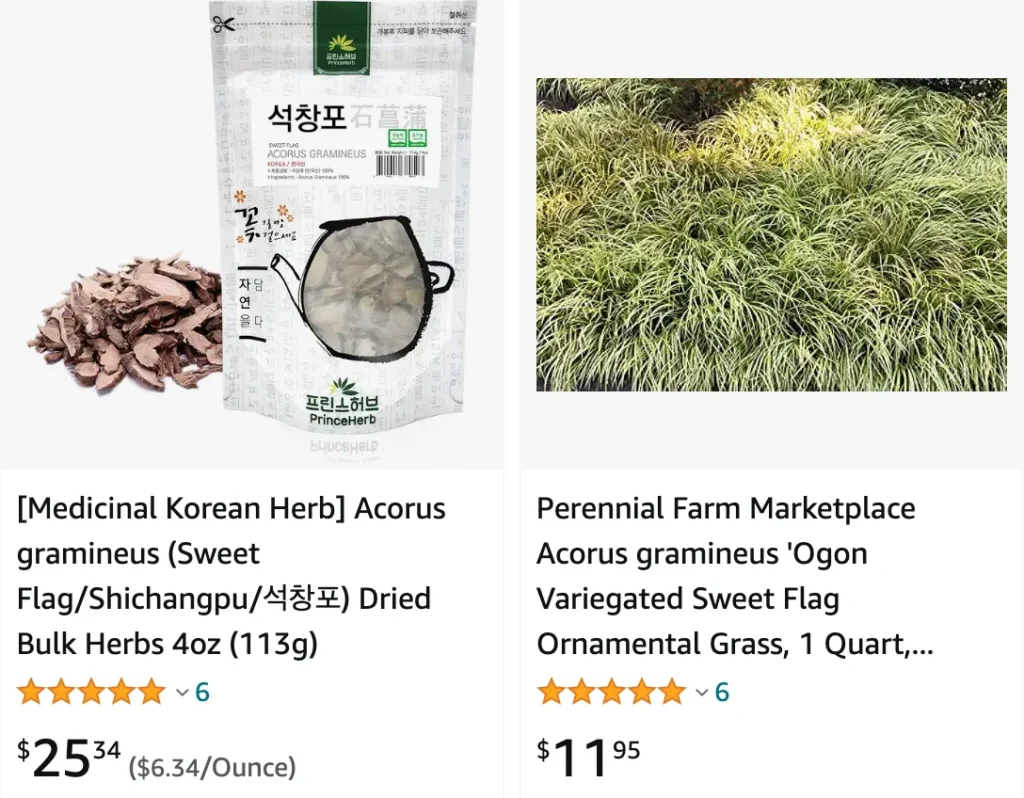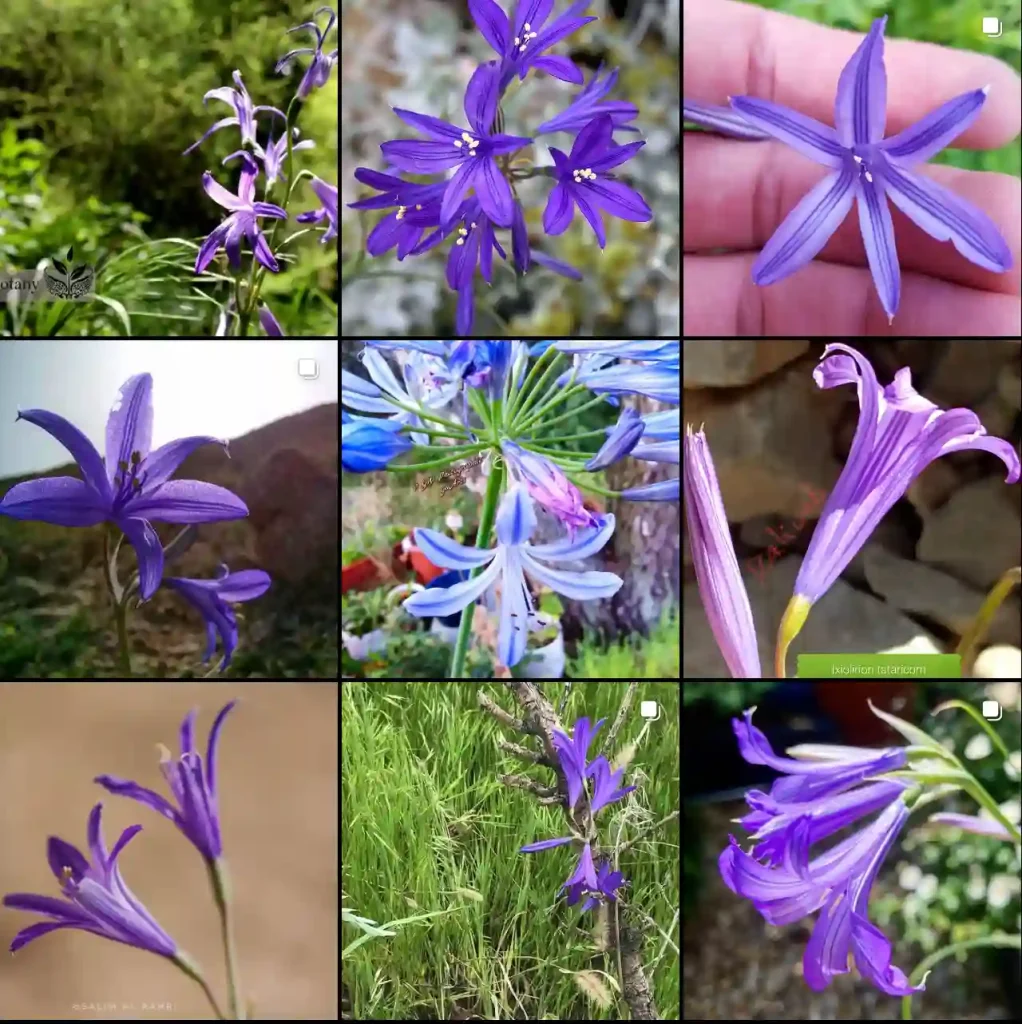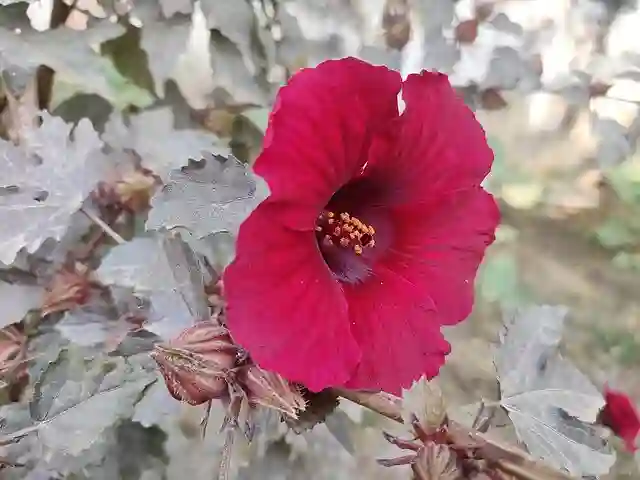
Acorus gramineus: A Green Delight
Hello, fellow plant enthusiasts! I’m Ferb Vu, and today, I’m thrilled to dive into the enchanting world of Acorus gramineus. This delightful botanical specimen, often referred to as “sweet flag,” has captivated gardeners and nature lovers for centuries with its graceful appearance and unique properties. Join me as we explore the wonders of Acorus gramineus, from its origins to its care requirements and beyond.
Plant Family: Acoraceae – 4 Species in Genus Acorus
What is Acorus gramineus?
Acorus gramineus, also known as Japanese sweet flag or dwarf sweet flag, is a perennial herbaceous plant native to East Asia, including Japan, China, and Korea. Belonging to the Acoraceae family, this species is renowned for its slender, sword-like foliage and subtle yet alluring fragrance. With its compact growth habit and striking variegated leaves, Acorus gramineus has become a popular choice for gardeners seeking to add texture and visual interest to their landscapes.
How to Care for Acorus gramineus?
Now that we’ve acquainted ourselves with Acorus gramineus, let’s delve into the essentials of caring for this remarkable plant. Fortunately, Japanese sweet flag is relatively low-maintenance, making it an ideal choice for both novice and experienced gardeners alike.
- Light: Acorus gramineus thrives in partial shade to full shade conditions, making it well-suited for planting in areas with limited sunlight exposure. Avoid placing it in direct sunlight, as this can scorch its delicate foliage.
- Watering: Adequate moisture is crucial for the health and vitality of Acorus gramineus. Keep the soil consistently moist but not waterlogged, as excessive moisture can lead to root rot. Be sure to water the plant regularly, especially during periods of dry weather.
- Soil: Japanese sweet flag prefers rich, well-draining soil with a slightly acidic to neutral pH. Incorporating organic matter, such as compost or peat moss, into the soil can improve its texture and fertility, ensuring optimal growing conditions for Acorus gramineus.
- Fertilization: While Acorus gramineus is not particularly heavy feeder, applying a balanced fertilizer during the growing season can promote healthy growth and vibrant foliage. Be sure to follow the manufacturer’s recommendations regarding application rates and frequency.
- Mulching: Applying a layer of organic mulch around the base of the plant can help conserve soil moisture, suppress weed growth, and regulate soil temperature. Additionally, mulching can enhance the aesthetic appeal of the garden bed while providing a protective barrier for the plant’s roots.
How to Propagate Acorus gramineus?
Propagation of Acorus gramineus is typically achieved through division or by planting seeds. Here’s how to propagate this charming plant:
- Division: In early spring or late autumn, carefully dig up the mature clump of Acorus gramineus and divide it into smaller sections, ensuring that each division has both roots and foliage. Replant the divisions in well-prepared soil, water thoroughly, and provide appropriate care as they establish themselves.
- Seeds: Collect mature seeds from the seed heads of Acorus gramineus and sow them in a seed-starting tray filled with moistened seed-starting mix. Keep the tray in a warm, brightly lit location and maintain consistent moisture levels until the seeds germinate. Once the seedlings have developed several sets of true leaves, transplant them into individual pots or directly into the garden.
What to Plant with Acorus gramineus?
Incorporating Acorus gramineus into your garden design can enhance its visual appeal and create harmonious plant combinations. Consider pairing Japanese sweet flag with the following companions:
- Hostas: The lush foliage of hostas provides a beautiful contrast to the slender blades of Acorus gramineus, creating a dynamic interplay of textures and colors in the garden.
- Ferns: Shade-loving ferns complement the graceful demeanor of Acorus gramineus, adding depth and dimension to shady garden beds and woodland settings.
- Ligularia: The bold foliage and striking flower spikes of ligularia create a dramatic backdrop for Acorus gramineus, making it an excellent choice for mixed perennial borders and water gardens.
Is Acorus gramineus poisonous to dogs?
One common concern among pet owners is the potential toxicity of plants to their furry companions. Thankfully, Acorus gramineus is considered non-toxic to dogs, making it a safe addition to pet-friendly gardens and landscapes.
Is Acorus gramineus poisonous to cats?
Similarly, Acorus gramineus is non-toxic to cats, providing cat owners with peace of mind when incorporating this plant into their indoor or outdoor spaces.
In conclusion, Acorus gramineus is a captivating botanical specimen that adds beauty and charm to any garden or landscape. With its graceful foliage, subtle fragrance, and ease of care, this versatile plant is sure to delight gardeners and nature enthusiasts alike for years to come. Whether used as a ground cover, accent plant, or focal point, Acorus gramineus never fails to leave a lasting impression.
If i die, water my plants!



